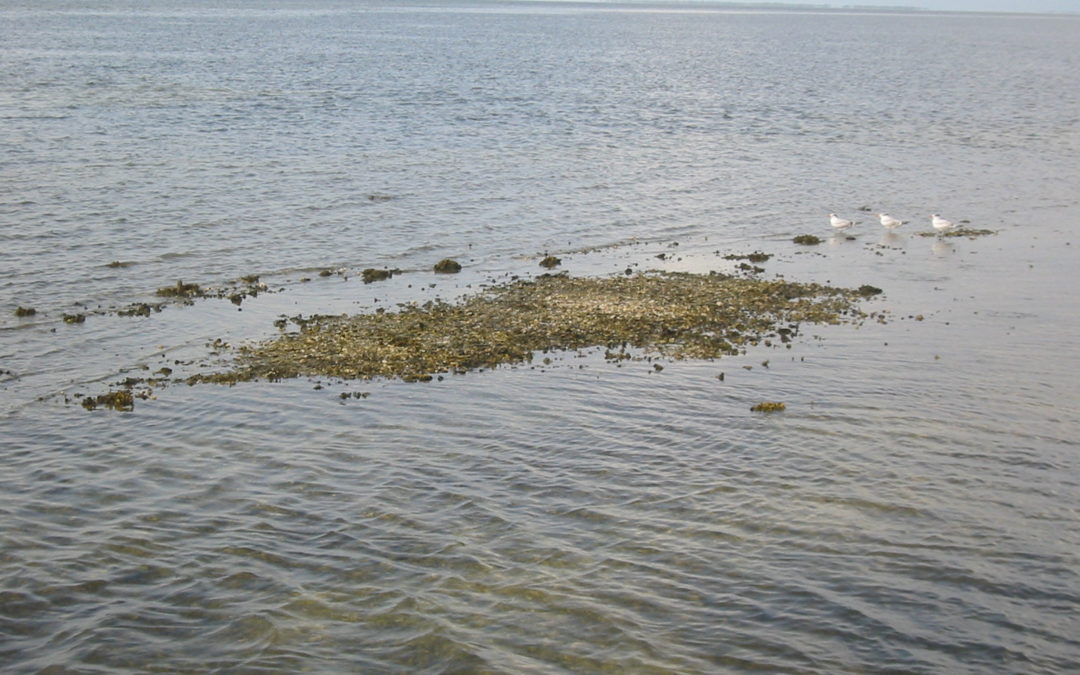We’ve sure been having some low tides this past month. It can be intimidating what many refer to as puddle jumping but can also provide some good fishing as fish get locked up or stuck in the deeper depressions on the flats waiting on water to rise. Basically, when the fish become easier to find access is tricky. You can’t float even a shallow draft skiff over mostly dry ground.
The most important consideration is to respect the ground cover whether it be sea grass, oyster bottom, or any combination. Too, the bottom of your hull or prop and skeg.
If possible, I like to get on the flat I want to work while the water is still high enough to float. Then I’ll wait for it to drop out. I even like to have a change of clothes as be prepared to maybe even have to get out of the boat to push it off a shallow spot. Here, a push pole is the way to go as a trolling motor makes just too much commotion and digs up lots of mud. If possible, I like to work with the wind at my back.
For sure, this is a good time of year to learn bottom contour and structure. It’s interesting and a real eye opener what you’ll see. By far, there is no better way to learn a flat. In fact, I’ll go out on a low tide just to see what’s on a flat that will help me at a later date. Holes and deep cuts around points are some of my favorite places to scout. Moreover, I’ve found lots of hard bottom contour like oyster bars, rocks, and even abandoned crab traps that I’d have probably never seen otherwise and could have easily run into on high but not high enough water.
This time of year, I prefer small baits or fly patterns. For the most part, I also like to get them down in the water column. Particularly, on days when there’s a clear blue sky, the fish are reluctant to eat at the surface. A weighted fly like a deep clouser minnow are a favorite. An intermediatte sink tip helps also. Keeping the presentation near the bottom is key. Moreover, I like to cast with the wind at my back. It just makes for a better experience.


Recent Comments